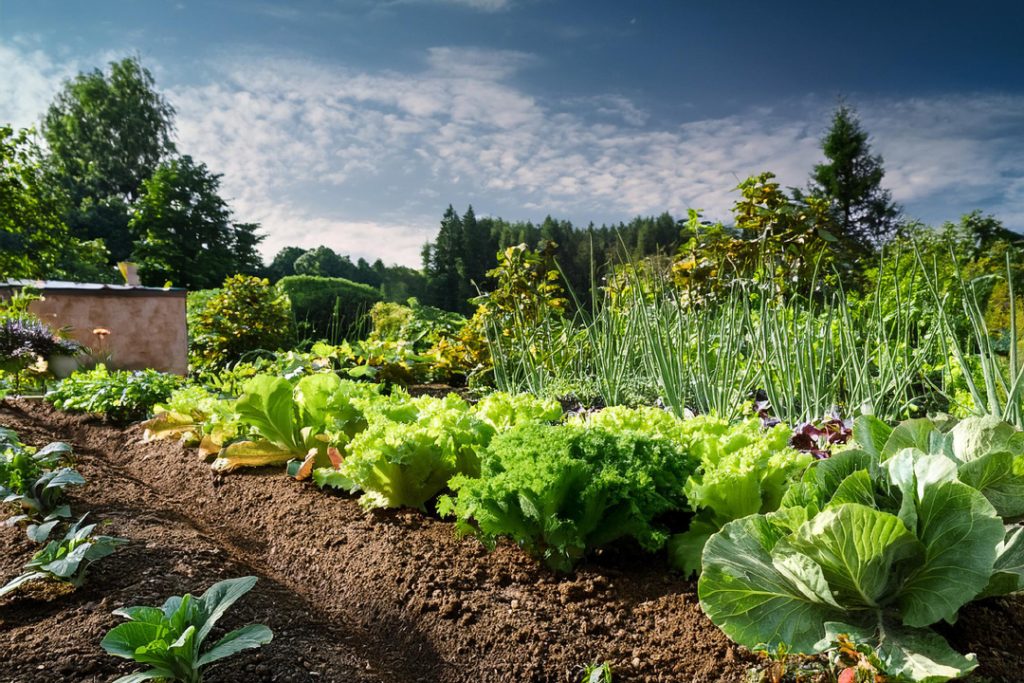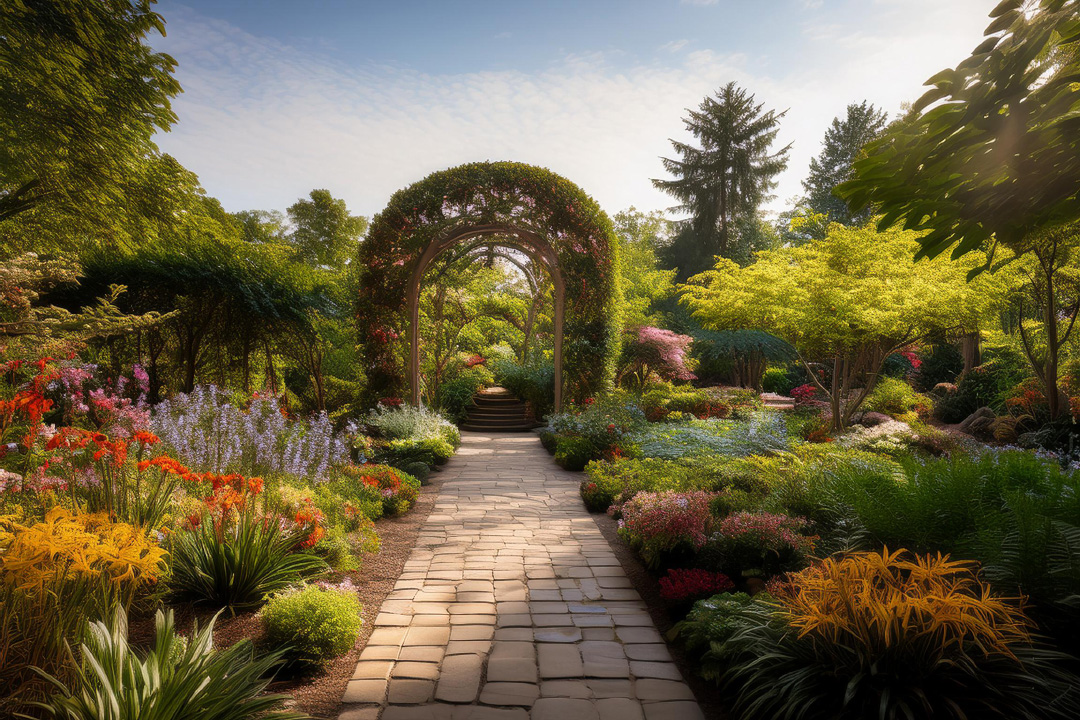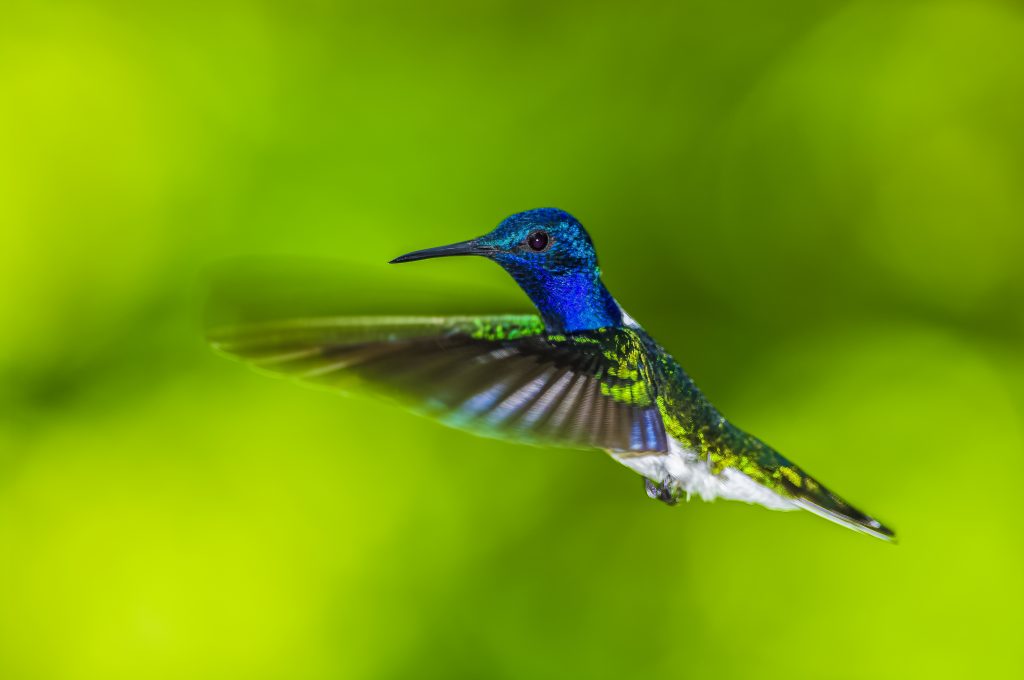The World of Plants
Why Plants Matter
Ever thought about why plants are such VIPs in our world? They’re not just background scenery – they’re the superheroes of our planet. Through the magic of photosynthesis, plants turn sunlight into energy and pump out oxygen, basically the stuff we all need to keep breathing.
But wait, there’s more! Plants keep the water cycle going strong. They suck up water from the ground and release it into the air, which eventually helps form clouds and brings the rain. We all know, no rain, no life.
Then there’s the whole groceries and medicine deal. Plants are our food and pharmacy. They offer a home and nosh for countless creatures, including us. Plus, they keep our dirt in place, preventing it from washing away.
Getting to Know Your Plants
Plants come in all shapes and sizes. To make sense of them all, we often group them based on how long they live, how they reproduce, their physical features, and where they can stand to live.
Plants by Lifespan:
- Annuals: These overachievers live their entire life in one season.
- Biennials: They take their sweet time and live for two seasons.
- Perennials: The long-haulers of the plant world, living several years and blooming repeatedly.
Plants by Reproduction:
- Flowering Plants: These show-offs use flowers to reproduce through seeds.
- Non-Flowering Plants: These quieter types use spores or other methods to multiply. More info here.
Plants by Habit:
- Trees: The giants, with one robust woody trunk.
- Shrubs: The medium guys, with several woody stems.
- Herbs: The small guys, with soft, bendable stems.

Plants by Climate Adaptation:
- Tropical Plants: Lovers of warm and wet climates.
- Desert Plants: Survivalists thriving in dry, hot conditions.
- Alpine Plants: The tough ones, making it through cold, thin air in mountainous areas.
Here’s a quick look at the different types of plants based on various criteria:
| Criterion | Types |
|---|---|
| Lifespan | Annual, Biennial, Perennial |
| Reproduction | Flowering, Non-Flowering |
| Habit | Trees, Shrubs, Herbs |
| Climate Adaptation | Tropical, Desert, Alpine |
Want more plant geekery? Check out these pages on plant anatomy and plant biology.
Types of Plants Based on Lifespan
Plants come in all shapes, sizes, and lifespans. Let’s break it down into three main types: annuals, biennials, and perennials.
Annual Plants
Annuals are the speed demons of the plant world. They sprout, bloom, seed, and keel over within a single growing season. Think of them as the sprinters. Garden favorites like tomatoes and marigolds fall into this category – but you’ll need to plant them every year.
| Feature | Description |
|---|---|
| Lifespan | One growing season |
| Examples | Tomato, Marigold |
| Replanting | Every year |
Biennial Plants
Biennials play the long game. In their first year, they focus on building roots, leaves, and stems. The real firework show happens in the second year when they flower, drop seeds, and then call it a day. Carrots and parsley are classic examples. You’ve got to be a bit more patient with these guys!
| Feature | Description |
|---|---|
| Lifespan | Two growing seasons |
| Examples | Carrot, Parsley |
| Replanting | Every two years |
Perennial Plants
Perennials are in it for the long haul. They can live for years, lying low during winter and bouncing back when it warms up. Apples trees and lavender are perennials, needing little planting effort once they’re established.
| Feature | Description |
|---|---|
| Lifespan | More than two years |
| Examples | Apple tree, Lavender |
| Replanting | Not needed annually |
Knowing the lifespan of your plants can be a game-changer for garden planning and understanding ecosystems. Want to dig deeper into plant anatomy? Check out our articles on plant anatomy and plant biology. Curious about how plants reproduce? We’ve got you covered with plant reproduction. And if you’re wondering how they make food, don’t miss our piece on photosynthesis in plants.
How Plants Reproduce
Plants got their own groove when it comes to making more of themselves. Let’s split them into two camps: flowering plants and non-flowering plants. Knowing how these green buddies reproduce gives us a peek into their world and how they keep sticking around.
Flowering Plants
Flowering plants, or angiosperms if you wanna get fancy, are the rockstars of the plant scene. They strut their stuff through flowers, which house their baby-making parts. Here’s the lowdown:
- Stamens (Boys’ Club): These are the male parts. Think of them as the pollen producers.
- Pistils (Girls’ Club): These are the female parts. They’re the ones catching the pollen and making seeds.
Now, flowering plants show up in two flavors:
- Monocots: Like lilies and corn.
- Dicots: Like beans and daisies.
They depend on friends like bees, birds, or even the wind to move pollen from one flower to another. Once that magic happens, boom, you get seeds wrapped up in fruits.
Here are some flowering VIPs:
- Roses
- Sunflowers
- Orchids
- Apple trees
Curious about how these parts work? We’ve got more details right here.
Non-Flowering Plants
Now, let’s talk about non-flowering plants. These guys don’t need flowers to keep the party going. Instead, they use spores or cones to do their thing.
Non-flowering plants break down like this:
- Gymnosperms: These plants produce seeds but skip the flowers. Think pine trees, with cones that hold their seeds.
- Ferns and Mosses: They go the spore route. Ferns hide their spores under their leaves, while mosses spread their spores around, too.
Environmental helpers like the wind and water often pitch in to spread these spores or seeds around.
| Type of Plant | How They Reproduce | Example |
|---|---|---|
| Gymnosperms | Seeds in Cones | Pine Trees |
| Ferns | Spores | Bracken Fern |
| Mosses | Spores | Sphagnum Moss |
Understanding these methods lets us see how plants have adapted to survive in all sorts of places. If you’re itching to learn more, check out our detailed guide on plant reproduction.
Types of Plants: Know Your Greens
When it comes to plants, their growth habits or forms are a big deal. You can pretty much slice them into three groups: trees, shrubs, and herbs, each with its quirks and character.
Trees
Trees are like the skyscrapers of the plant world. They stick around for the long haul, shooting up with a tall trunk and spreading branches. These giants aren’t just nice to look at—they’re essential for resources like timber, fruits, and shade. Plus, they’re crucial for ecosystems and all sorts of plant studies.
What’s Cool About Trees:
- They grow tall and proud.
- You’ll find a big, woody trunk in the middle.
- Branches stretch out from the trunk.
| Feature | What’s Up |
|---|---|
| Height | Over 20 feet |
| Lifespan | They can live for decades |
| Example Species | Oak, Pine, Maple |
Shrubs
Shrubs are the medium guys. They’ve got multiple woody stems popping up from the ground and are super popular for landscaping thanks to their full, dense leaves. They’re also great for giving critters a home and food.
Shrubs 101:
- Lots of stems sprouting from the base.
- Not as tall as trees, but still solid.
- Often very bushy.
| Feature | What’s Up |
|---|---|
| Height | Between 3 to 20 feet |
| Lifespan | Several years |
| Example Species | Rose, Hibiscus, Lilac |
Herbs
Herbs are the softies. Unlike trees and shrubs, they’ve got soft, green stems and don’t hang around as long. They come in all sorts, from the tasty type you cook with to the ones you use for medicine.
Herb Highlights:
- Soft and green stems.
- They’re the little guys in the plant world.
- Some smell great, too.
| Feature | What’s Up |
|---|---|
| Height | Less than 3 feet |
| Lifespan | One season to several years |
| Example Species | Basil, Mint, Parsley |
Knowing the different types of plants helps you appreciate just how diverse plant life can be. For more in-depth looks at how plants do their thing, check out our articles on plant reproduction and photosynthesis in plants.
Types of Plants Based on Climate Adaptation
Ever wondered how plants manage to thrive in such different climates? Let’s dive into the fascinating variety of plant adaptations found in the tropics, deserts, and alpine regions.
Tropical Plants
Tropical plants live near the equator where it’s always warm and humid. They seem to have life on easy mode with all that rain and sun.
Key Traits:
- Big, broad leaves soaking up all the sunlight.
- They’re like little solar panels on maximum setting.
- They need a lot of water–think of them as the thirsty critters of the plant kingdom.
| Characteristics | Details |
|---|---|
| Leaf Size | Big and broad |
| Water Need | High |
| Sunlight | Plenty |
Examples? Think palms, ferns, and orchids. Curious about how they manage all that sunlight? Check out our photosynthesis guide.
Desert Plants
Desert plants are the gritty survivors. They thrive in the most arid places on Earth with very little water.
Key Traits:
- Have you heard of thick, waxy leaves or stems? Yep, that’s to hold onto every precious drop of water.
- Their roots dig deep or spread wide to find every bit of moisture.
- Some store water right in their tissues–like carrying their own canteen.
| Characteristics | Details |
|---|---|
| Leaf/Stem Structure | Thick, waxy |
| Water Storage | Specialized tissues |
| Roots | Deep or wide-reaching |
You know cacti, right? They are the mascots of desert survival, along with succulents and hardy grasses. Pondering how they reproduce in such tough environments? Our piece on plant reproduction spills the beans.
Alpine Plants
Alpine plants dominate the heights, thriving in cold, windy, and often brief growing seasons at mountain tops.
Key Traits:
- They grow low to the ground to dodge the wind.
- Hairy leaves? They’ve got them, to keep moisture loss to a minimal.
- They grow fast–got to make the most of that short summer.
| Characteristics | Details |
|---|---|
| Growth Form | Short and close to ground |
| Texture | Hairy leaves |
| Life Cycle | Quick and efficient |
Think mosses, lichens, and squat shrubs. Want the scoop on how these hardy plants pull it off? Dive into our plant anatomy section.
Wrap-Up
So there you have it! Whether they’re lounging in the tropics, sweating it out in the desert, or shivering on mountain tops, plants have evolved some amazing ways to handle the weather. Keen to know more? Dig into plant biology for all the green details.
Here some recommended links selected for you: The Best Books of the Month, Todays best Deals at Amazon, Best Sellers in Cell Phones & Accessories and last but not least the easy and great way to send a gift for the holidays: Amazon.com eGift Card (Instant Email or Text Delivery).




